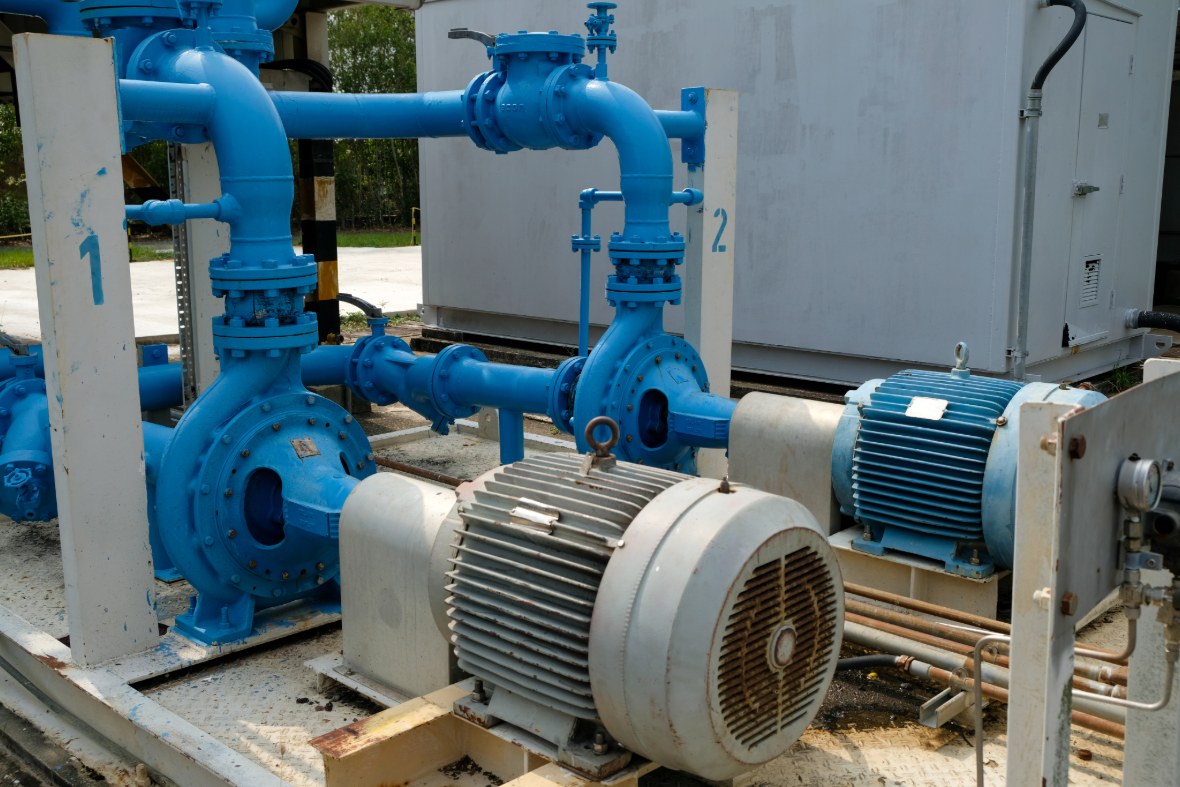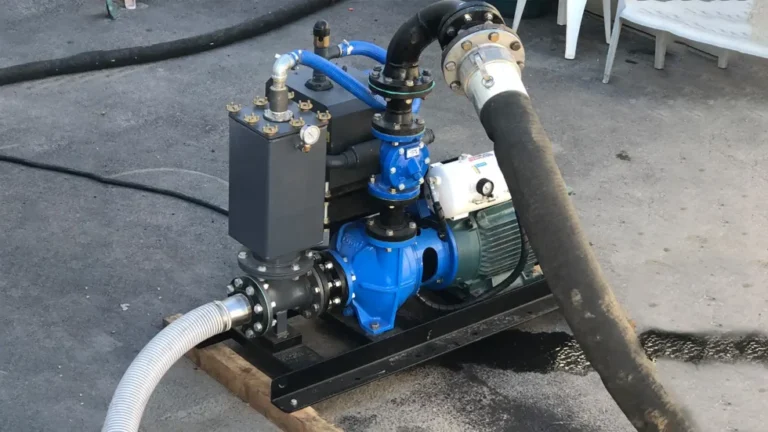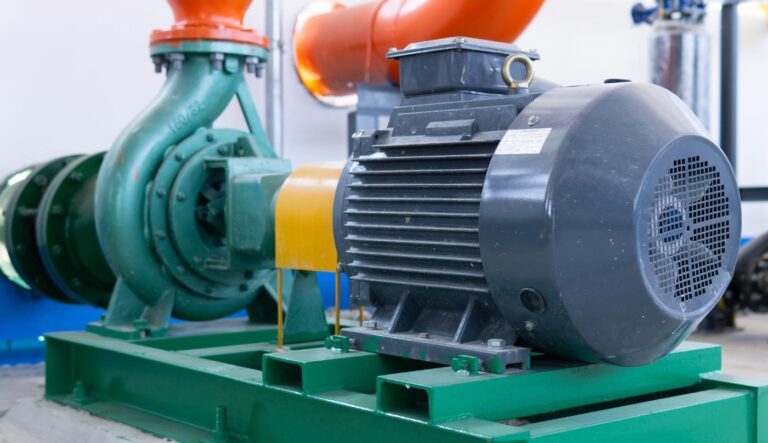Understanding Viscosity Beyond Just Thickness
When selecting a pump for high-viscosity applications, it’s essential to understand that viscosity is more than just how “thick” a fluid appears. Viscosity refers to a fluid’s resistance to flow, which directly impacts how it moves through a pumping system. As viscosity increases, fluid flow becomes more sluggish and demands more energy to move, which places specific performance and design requirements on the pump.
There are two broad categories of fluids to consider: Newtonian and non-Newtonian. Newtonian fluids, like water or light oils, have a constant viscosity regardless of the applied shear rate. In contrast, non-Newtonian fluids—such as adhesives, paints, sludges, and slurries—change their viscosity depending on how much force is applied. This behavioral difference is crucial when selecting between high-viscosity pump types, particularly in industries that process shear-sensitive materials.
Industrial processes often deal with fluids that are far more challenging than water. Common examples include molasses, crude oil, heavy greases, epoxy resins, and food pastes, all of which require specially designed high-viscosity pumps to ensure efficient and uninterrupted transfer. The wrong pump selection can lead to cavitation, poor flow rates, product degradation, or premature equipment failure—especially when viscosity isn’t accurately accounted for.
The Hidden Challenges of Moving Thick Fluids
Pumping viscous materials is not just a matter of choosing a pump for high viscosity—it involves managing a series of fluid dynamics and mechanical challenges that don’t arise with lower-viscosity applications. Thick fluids behave differently under pressure and flow, which impacts pump selection, efficiency, and longevity.
Shear sensitivity is a primary concern. Many non-Newtonian fluids—such as emulsions, polymers, or food products—can degrade or separate if exposed to excessive shear. This limits the suitability of high-speed centrifugal designs and often necessitates low-shear, high-viscosity pump types, such as progressive cavity or lobe pumps, which preserve fluid integrity.
Laminar flow is another common issue. Unlike turbulent flow, which enhances mixing and heat transfer, laminar flow in viscous fluids leads to uneven velocity profiles and poor suction performance. This increases the risk of cavitation, where vapor bubbles form and collapse within the pump, resulting in noise, vibration, and potentially serious damage to internal components. If unchecked, this can also lead to vapor lock, where vapor buildup completely restricts fluid movement.
Additionally, mechanical stress on pump components is significantly higher when handling viscous materials. The thick, heavy nature of these fluids increases the load on bearings, seals, and drive assemblies, accelerating wear and reducing service life if the pump isn’t properly rated for viscosity.
Finally, startup torque and suction lift limitations must be taken into account. Viscous fluids require more force to begin moving, especially at low temperatures. This puts additional demand on motors and may require larger drive systems or variable frequency drives (VFDs) to manage startup loads. Similarly, high-viscosity fluids resist suction, which can hinder pump priming and lead to performance losses unless the system is properly engineered for adequate Net Positive Suction Head (NPSH).
Matching Pump Technology to Fluid Behavior
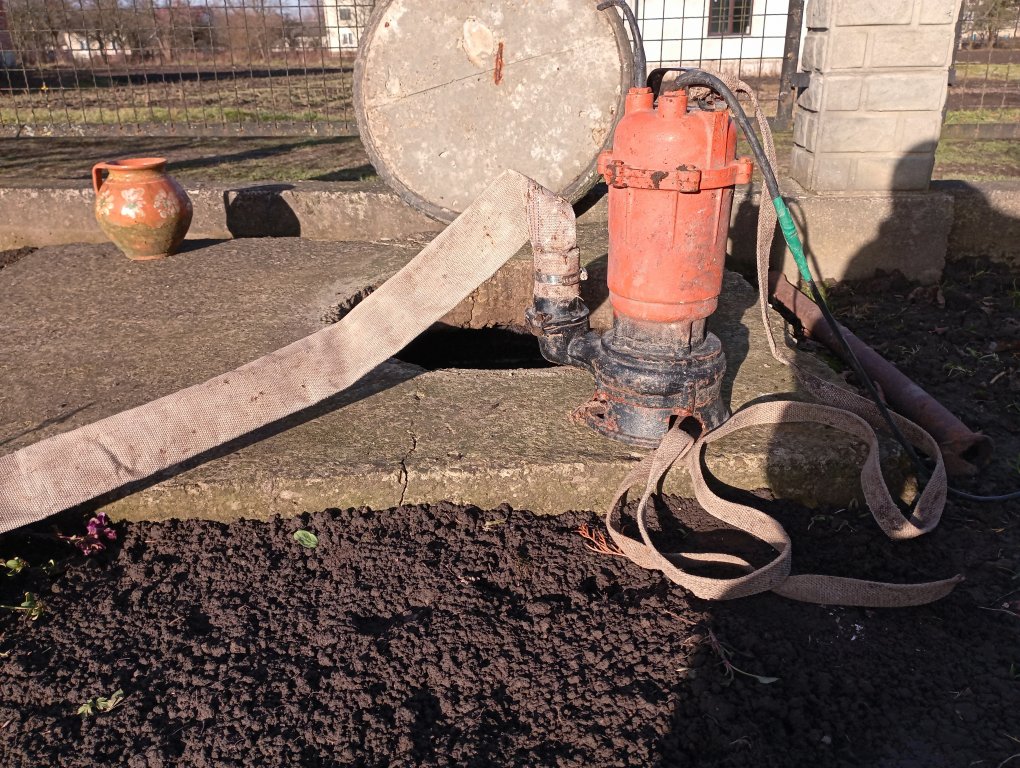
When handling high-viscosity fluids, selecting the appropriate pump technology is crucial for maintaining flow efficiency, preventing product degradation, and minimizing downtime. While centrifugal pumps are commonly used in many fluid transfer applications, they are typically unsuitable for high-viscosity fluids due to their reliance on kinetic energy and high-speed impellers, which experience significant efficiency losses as viscosity increases.
Instead, positive displacement pumps are the preferred high viscosity pump types, as they move fluid by trapping and displacing fixed volumes with each cycle, independent of fluid resistance. Below is a comparison of common pump types used for thick fluids:
| Pump Type | Best For | Viscosity Range | Abrasive Solids Handling | Shear Sensitivity | Comments |
| Gear Pump | Oils, polymers, light adhesives | Medium to High | Poor | Medium | Compact and efficient; not ideal for large solids or abrasives |
| Diaphragm Pump | Sludges, corrosive chemicals, slurries with solids | Low to High | Excellent | Low | Handles solids well; good for intermittent flow |
| Peristaltic Pump | Shear-sensitive fluids, food-grade pastes, and sludges | Low to Very High | Excellent | Excellent | No contact between fluid and pump parts; easy to clean |
| Progressive Cavity | Thick pastes, viscous slurries, wastewater sludge | Medium to Very High | Good | Excellent | Consistent flow; ideal for variable viscosity applications |
| Rotary Lobe Pump | Dairy products, cosmetics, syrup, creams | Medium to High | Good | Excellent | Sanitary-friendly; gentle pumping action |
| Screw Pump (Twin/Triple) | Heavy oils, bitumen, viscous lubricants | High to Very High | Moderate | Low to Medium | Smooth, pulse-free flow; ideal for continuous operation |
When to Use Each Type:
- Use gear pumps for clean, lubricating fluids with moderate viscosity where compact design is important.
- Choose diaphragm pumps when pumping abrasive, corrosive, or solid-laden fluids where leakage must be avoided.
- Opt for peristaltic pumps in sanitary or highly shear-sensitive environments, such as those found in the food, cosmetics, and biotech industries.
- Select progressive cavity pumps when dealing with highly viscous, heterogeneous, or variable-consistency materials.
- Consider rotary lobe pumps for hygienic applications with medium to high viscosity, especially in the food and pharmaceutical sectors.
- Rely on screw pumps for the continuous, high-volume transfer of extremely thick oils or lubricants, particularly in industrial processing applications.
Centrifugal pumps are generally not recommended for high-viscosity fluids due to their poor performance as resistance increases. In most pumps designed for high-viscosity applications, the use of the right positive displacement technology ensures smoother flow, reduced wear, and improved long-term efficiency.
Flow Rate vs. Shear Sensitivity: Finding the Balance
In any pump for high viscosity applications, flow rate and shear sensitivity are two critical variables that often pull in opposite directions. While high flow rates are desirable for throughput and process efficiency, many thick or complex fluids—especially in food, pharmaceutical, and specialty chemical processes—are highly shear-sensitive. Applying too much shear can degrade the product, alter its consistency, or destroy its chemical structure.
For example, in the food industry, over-shearing chocolate or sauces can lead to texture loss or ingredient separation. In the pharmaceutical industry, delicate emulsions and biological suspensions must be handled with extreme care to maintain their efficacy. High-speed pumps, such as centrifugal or gear pumps, can damage these products due to internal turbulence, especially at higher RPMs.
To preserve product integrity, low-shear, high-viscosity pump types, such as progressive cavity, rotary lobe, or peristaltic pumps, are ideal. These designs displace the fluid gently and consistently, minimizing internal friction and allowing for better flow control—even at lower speeds. While this may result in reduced throughput compared to high-speed options, the benefit lies in maintaining fluid quality without requiring extensive post-processing or rework.
Sizing and Specification Essentials for High-Viscosity Applications
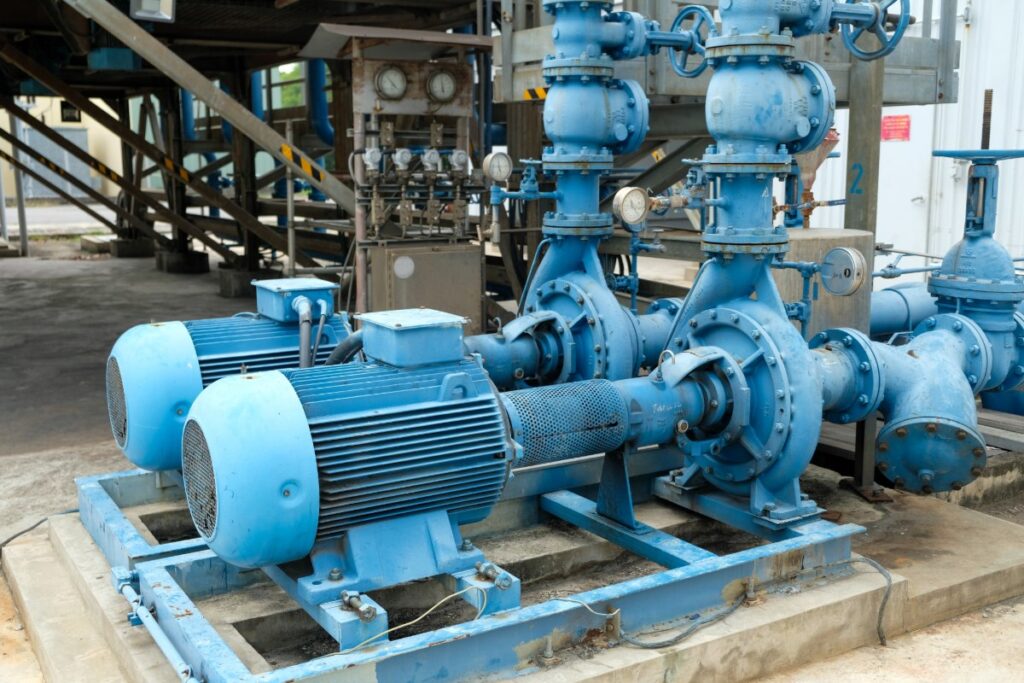
Proper sizing and configuration are crucial when selecting a high-viscosity pump. Thick fluids demand more energy, precise suction parameters, and well-matched drive systems to prevent inefficiency, cavitation, or mechanical failure.
Viscosity curves provided by pump manufacturers are essential tools in the selection process. These curves illustrate how a pump’s flow rate and pressure change with fluid viscosity, enabling engineers to determine operational limits. Ignoring this data often leads to underperforming systems, especially if the fluid’s viscosity changes with temperature or pressure.
Another critical parameter is Net Positive Suction Head Required (NPSHr). High-viscosity fluids resist flow into the pump’s inlet, increasing the risk of cavitation. To combat this, the system must provide a sufficient Net Positive Suction Head Available (NPSHa), ensuring the pump is always flooded and preventing vapor bubbles from forming. This often requires minimizing the suction line length, using larger-diameter piping, or positioning the pump below the fluid source.
Motor sizing must also account for higher startup torque and ongoing power demands. Thick fluids create more resistance, particularly when cold. Engineers should include a safety margin in motor horsepower ratings and consider using Variable Frequency Drives (VFDs) to gradually ramp up power, thereby reducing mechanical shock during startup.
Lastly, sealing systems and wear protection play a major role in pump longevity. Viscous fluids can contain abrasive particles or sticky compounds that accelerate wear and tear. Double mechanical seals, flush plans, hardened wear surfaces, and corrosion-resistant materials are often required to protect internal components and minimize maintenance in harsh environments.
Together, these specifications ensure the selected pump for high viscosity not only performs well but also lasts longer, even in demanding industrial applications.
Material Selection: It’s Not Just About Corrosion
When selecting a pump for high viscosity, material choice isn’t limited to corrosion resistance—it directly impacts the pump’s ability to handle thick, abrasive, or chemically aggressive fluids without premature wear or failure. Material compatibility and structural strength significantly influence various aspects, including energy efficiency and seal longevity, particularly in industrial environments where high loads and abrasive media are prevalent.
For example, cast iron or stainless steel bodies may be sufficient for general viscous fluids. Still, tougher applications—such as pumping adhesives, resins, or sludge with suspended solids—may require hardened alloys or ceramic coatings to withstand internal abrasion and mechanical stress.
Equally important is the selection of elastomers and seals. Fluids with high viscosity often exhibit adhesive and sticky properties, or may contain solvents and acids that degrade conventional rubber components. Seal materials such as Viton, EPDM, or PTFE are commonly used in high-viscosity pump types due to their resistance to chemical attack, temperature fluctuations, and deformation under pressure.
In applications where internal lubrication is minimal—such as with dry, tacky, or low-moisture-content fluids—self-lubricating materials, like PTFE composites or graphite-impregnated bushings, reduce internal drag and prevent dry running. Additionally, internal coatings such as epoxy or polymer linings help protect the wetted surfaces, reducing friction and wear while improving pump cleanliness and efficiency.
How to Optimize Pump Performance Without Overspending
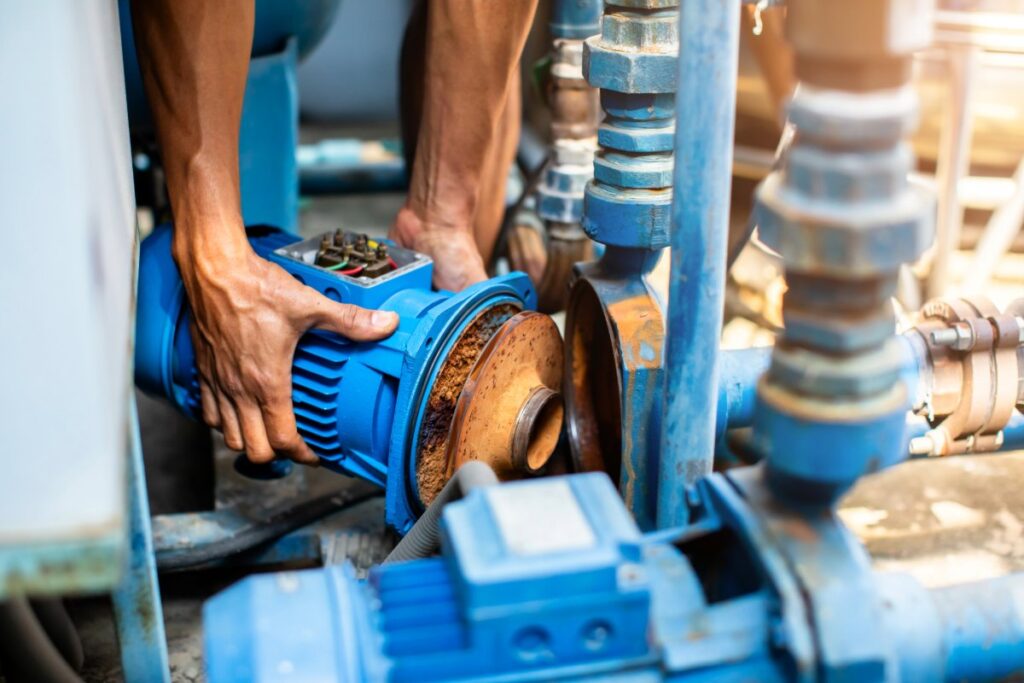
Maximizing the efficiency of a high viscosity pump doesn’t always require a high-cost overhaul. Strategic upgrades and system-level adjustments can enhance performance, reduce energy consumption, and extend equipment life without exceeding the budget.
Variable Speed Drives (VFDs) are one of the most effective tools for fine-tuning flow control in high-viscosity applications. Since flow rate requirements can vary depending on temperature, product batch, or process stage, VFDs enable operators to adjust motor speed to match real-time demand, thereby minimizing energy waste and preventing product shear.
For fluids that become more viscous at lower temperatures, heating jackets or band heaters can be applied to the pump casing and suction lines to prevent clogging. This keeps fluids within the ideal flowable temperature range and reduces startup torque, making it easier for the pump to prime and operate efficiently. Pairing this with insulation helps maintain temperature stability throughout the process.
To prevent blockages and improve suction conditions, inline strainers or feed systems can be used to pre-condition thick fluids. These accessories filter out large particulates and reduce resistance at the pump inlet, promoting steady flow and reducing the risk of cavitation or dry running.
Lastly, adopting a proactive maintenance routine—including regular wear monitoring, seal inspections, and pump cleaning—extends equipment life and ensures consistent performance. Using condition-monitoring sensors or scheduled inspections enables you to identify wear-related issues before they lead to downtime or product loss.
Key Questions to Ask Before You Buy a High Viscosity Pump
Selecting the right pump for high viscosity applications requires more than a quick match based on flow rate or pressure. Understanding the fluid’s full behavior under real operating conditions is critical to avoiding performance issues and ensuring long-term reliability. Before making a purchase, consider these essential questions:
- What’s the fluid’s viscosity at different temperatures?
Viscosity often changes with temperature. A fluid that flows easily at 80°C may become highly resistant at room temperature. Knowing this variation helps in selecting the proper motor size, heating accessories, and pump type.
- Is the fluid homogeneous, or does it separate over time?
Fluids like emulsions or slurries may stratify or settle, especially when stagnant. This affects suction conditions and may require the use of mixing or agitation systems upstream of the pump.
- What are the startup and shutdown conditions?
High-viscosity fluids typically demand more torque during startup, especially if cold. Consider if soft-start systems, VFDs, or preheating are necessary. Similarly, abrupt shutdowns can cause product settling or clogging if not properly flushed.
- Does the fluid contain solids or particulate matter?
The presence of solids, even in small quantities, can accelerate internal wear or clog flow paths. Select high-viscosity pump types, such as diaphragm or progressive cavity pumps, that can withstand solids without damage.
Common Mistakes That Lead to Pump Failure
Even with a high-spec high-viscosity pump, performance failures often trace back to avoidable selection or installation errors. Understanding common pitfalls helps in building a more robust and efficient pumping system.
- Underestimating true viscosity under operating conditions
Viscosity ratings in product manuals may not reflect the fluid’s behavior in real-world temperatures and pressures. Always consider worst-case scenarios when selecting your pump and motor.
- Using the wrong pump type or motor pairing
Centrifugal pumps, for instance, quickly lose efficiency with thick fluids. Pairing them with a standard motor without considering torque demand can lead to overheating or stalling. Always match pump technology with both viscosity and load requirements.
- Ignoring suction-side restrictions
Viscous fluids are more difficult to pump. Long suction lines, small-diameter piping, or insufficient head pressure can lead to cavitation or dry running. Proper suction design is as important as the pump itself.
- Overlooking cleaning and maintenance access
Sticky or thick fluids can solidify or degrade inside the pump if not properly flushed after use. Pumps without easy-access ports or clean-in-place (CIP) options can be challenging to service, resulting in longer downtime and higher maintenance costs.
Final Thoughts: Choose Intelligently, Pump Reliably
Choosing the right pump for high viscosity applications is not a one-size-fits-all decision. It requires a clear understanding of fluid behavior, system constraints, and long-term performance goals. From selecting the appropriate high-viscosity pump type to considering shear sensitivity, motor torque, suction conditions, and material compatibility, each factor plays a crucial role in ensuring reliable and efficient operation.
More importantly, don’t focus solely on upfront cost. The total cost of ownership—including energy consumption, maintenance, downtime, and replacement frequency—often defines the true value of a pump over time.If you’re handling thick, abrasive, or sensitive materials and need guidance on the right pumping solution, our experts can help. Visit Gulf Coast Dredging to explore engineered pumping systems designed for reliability in even the most demanding high-viscosity environments.


